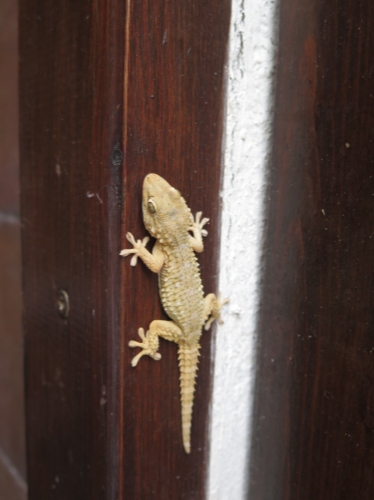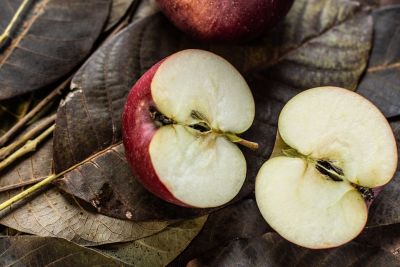Biomimetics is a relatively new field of study that involves identifying the characteristics of living organisms and transferring them to technology. While many people may be annoyed by seeds from certain plants sticking to their clothes while walking in the field and complain about them, Swiss engineer George de Mestral (1909–1990) had a different perspective. He discovered that these seeds had tiny hook-like tips when he examined them under a microscope. Inspired by these seeds, he discovered the “hook and loop” mechanism. Today, the hook and loop mechanism we use in clothing, shoes, and many other places is related to correctly understanding and utilizing nature.
The cleanliness of the surfaces of lotus plants is related to the small-scale wavy structure on their surfaces. This feature of the lotus plant has been imitated to create dust-repellent buildings and windows.
Another creature that has come into the focus of biomimetics is the gecko lizard. Researchers have been intrigued by the gecko’s ability to move effortlessly and agilely on walls and vertical surfaces without falling. Whether the surface is rough or smooth, dirty or clean, moist or dry, it does not matter to the gecko. When examined under a microscope, it was noticed that the gecko’s feet consist of very thin fibers.[1] The function of these fibers is to increase the contact surface, allowing the gecko to adhere better. These fibers contribute to the creation of Van der Waals forces with positive and negative charges. While these forces are very small individually, when billions of them come together, a much stronger type of adhesion is achieved than the strongest known adhesive.[2]
Using this feature of the gecko, a robot that can climb on vertical surfaces has been developed.[3] The robot can reach a maximum speed of 2 cm per second during vertical ascent, and the maximum rotation angle can be 30 degrees. The robot can move on 90 degrees vertical glass surfaces, while on other surfaces (PVC, wood, cardboard, etc.), it can climb at a maximum incline of 75 degrees. However, compared to the gecko, the robot’s movements are much slower, with less maneuverability, and it cannot climb at a perfect vertical angle on non-glass surfaces. The gecko, on the other hand, can move easily on any type of vertical surface, independent of surface properties, with high maneuverability.
Another technological application of gecko feet is gecko tapes.[4] These tapes contain millions of plastic fibers with a diameter of less than 1 micrometer. A 1 cm2 gecko tape can carry a load of up to 1 kg. Another unique feature of gecko feet is their self-cleaning ability, which allows them to maintain their adhesive properties in liquid and vacuum conditions. Gecko tapes have the advantage of being reusable and can be lifted from the surface at an angle of 30 degrees.
Another product inspired by geckos that we use in our homes is flexible plastic surface grippers.[5] These grippers prevent sliding on flat and moist surfaces and also help secure carpets in place. While standard adhesives have wet adhesion and one-time grip features, these flexible fiber structures have dry adhesion and the advantage of repeated use.[6]
In addition to their excellent grip on their feet, geckos also have a unique eye structure.[7] They can see colors in dim light, similar to moonlight. Their multifocal optical systems have a large cone vision compared to humans, making them 350 times more sensitive. Since geckos are more active at night and need to avoid becoming prey while hunting, this feature has been given to their eyes. By imitating this feature of geckos, it is thought that better images can be taken in low light conditions with cameras and lenses, providing improved vision at night.
There is no insignificant or simple organism in nature. Each living being is equipped with the most suitable devices to perform its given tasks. Our task is to understand these Divine works of art, to develop new technologies that will make our lives easier by drawing inspiration from them, and to lead a life that is pleasing to our Creator.
[1] N. L. Volstad and C. Boks, “Biomimicry—a useful tool for the industrial designer?”, Proceedings of NordDesign 2008 Conference, Tallinn, Estonia, 2008.
[2] Ibid.
[3] J. Lodson and F. S. Jahromi, “Sustainable Innovative Materials for Interior Architecture Using Biomimicry”, Sustainable Structure and Materials, 2017, 1(1), pp. 1–11.
[4] Volstad and Boks, ibid.
[5] Lodson and Jahromi, ibid.
[6] Ibid.
[7] M. Chaurasia and S. Srivastava, “Biomimicry and its applications – a review”, International Journal of Engineering Applied Sciences and Technology, 2020, 4(12), p. 545–549.




